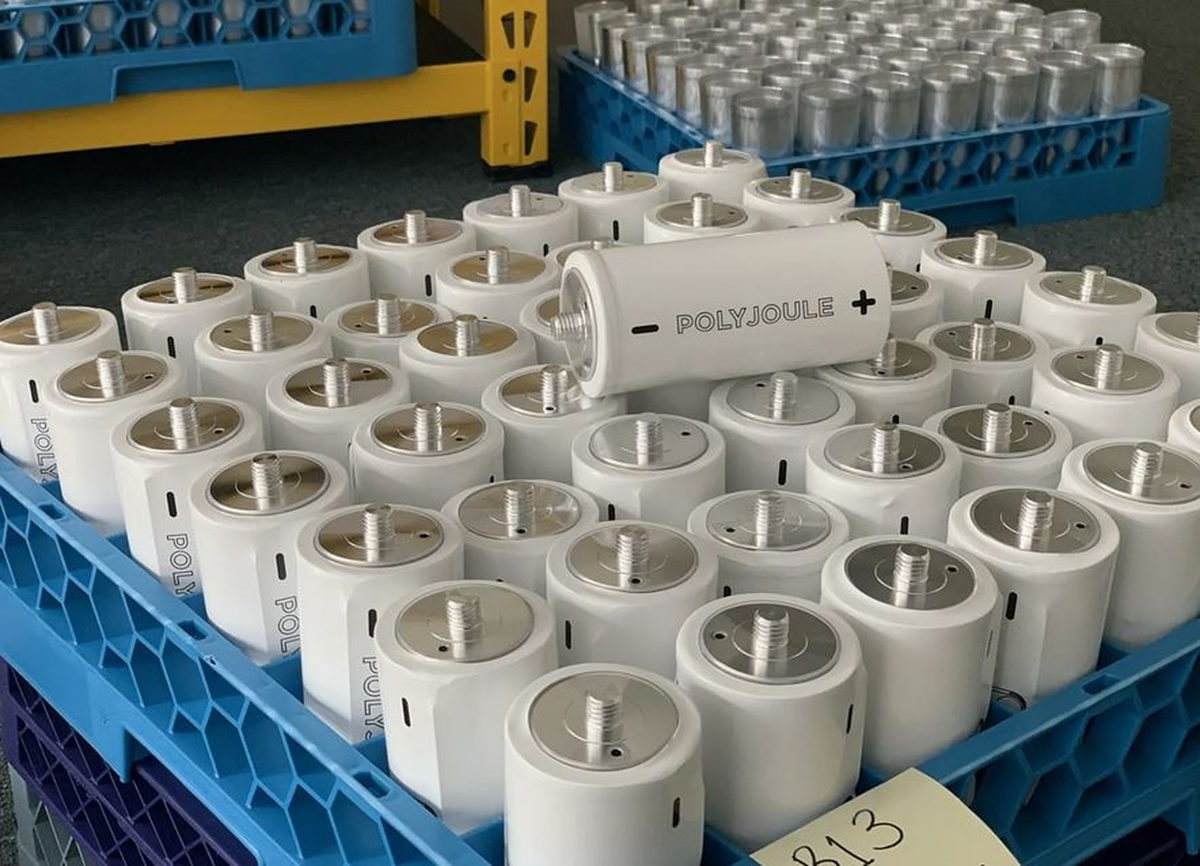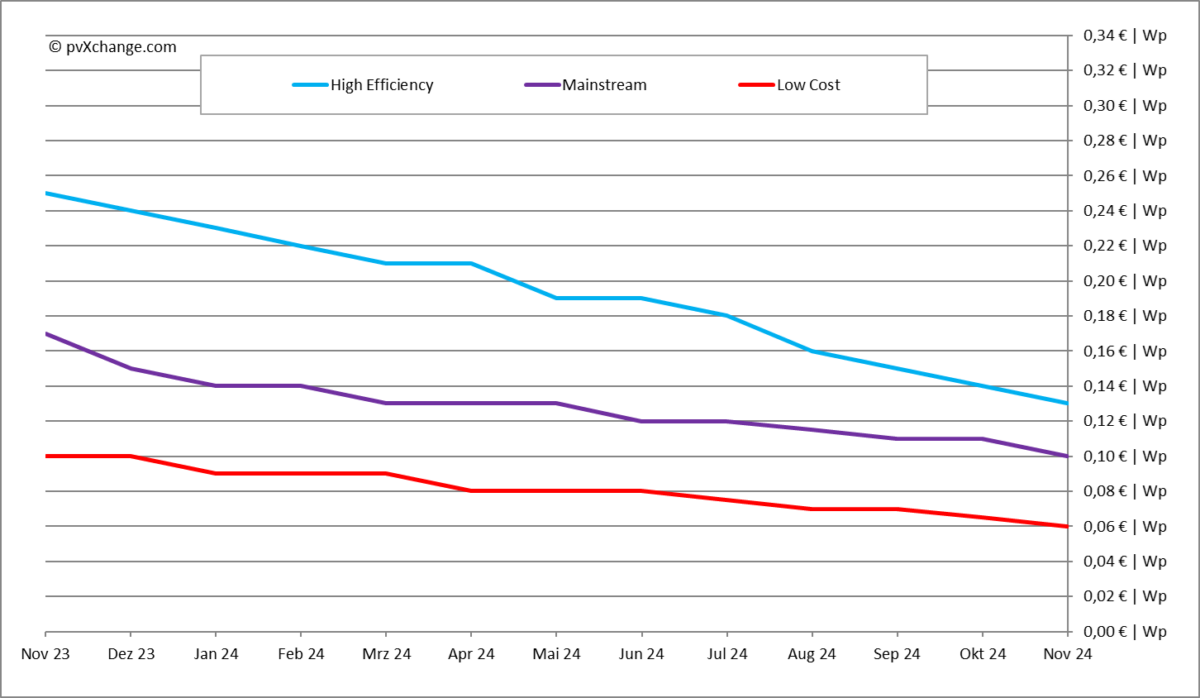Boston-based PolyJoule, a spin-off of the Massachusetts Institute of Technology (MIT), recently unveiled a new battery technology based on its own proprietary conductive polymers and other organic, non-metallic materials.
“Our batteries are designed to suit the needs of stationary power applications where safety, lifetime, levelized costs, and environmental footprints are key decision drivers,” the company said in a statement. “PolyJoule's conductive polymer cells span the performance curve between traditional lead-acid batteries and modern lithium-ion cells, while enhancing service life and reducing balance of plant costs, due to their no-HVAC thermal management design.”
According to the manufacturer, the battery cells were tested to perform for 12,000 cycles at 100% depth of discharge. The device is based on a standard, two-electrode electrochemical cell containing the conductive polymers, a carbon-graphene hybrid, and a non-flammable liquid electrolyte. Alternating anodes and cathodes are interwoven and then connected in parallel to form a cell.
The battery may be used for utility and industrial applications such as power conditioning, peak shaving, frequency regulation, hybrid power energy storage, and high-power datacenter backup, the company said.
According to the MIT Technology Review, the battery packs are up to five times larger than lithium-ion systems of the same capacity and don’t require active temperature control. The product is being offered in power strings which the company said can rapidly discharge power, up to 1 MW, in less than 10 seconds and be recharged in less than five minutes.
Each power string measures 2.2 m x 0.8 m x 3.4 m and weighs 1,590 kg. Its nominal voltage is 528 V and the voltage range is 158 V to 972 V. The manufacturer ensures continuous operation at temperatures between -40 C and 50 C with minimal capacity loss. The battery contains no lithium, cobalt or lead and, according to PolyJoule, it is from abundantly available raw materials with no rare earth elements.
This content is protected by copyright and may not be reused. If you want to cooperate with us and would like to reuse some of our content, please contact: editors@pv-magazine.com.




Lithium Batteries don’t use Rare earth or rare material atall. This is fossil fuel propaganda, please stop repeating it. Please look up the term Rare Earth before using it.
Polymers usually come from fossil fuel, but thats fine provided that CO2 is not emitted as part of the manufactyuring process.
While I under the focus to sell to the utility market and other large energy consumers, it should be in your plan to focus on the ever growing private solar market. It is in an upswing due to global inflation and energy sector pricing.
Hopefully this technology will make it to the consumer market.
It would be nice to get access to some of these cells at some point.